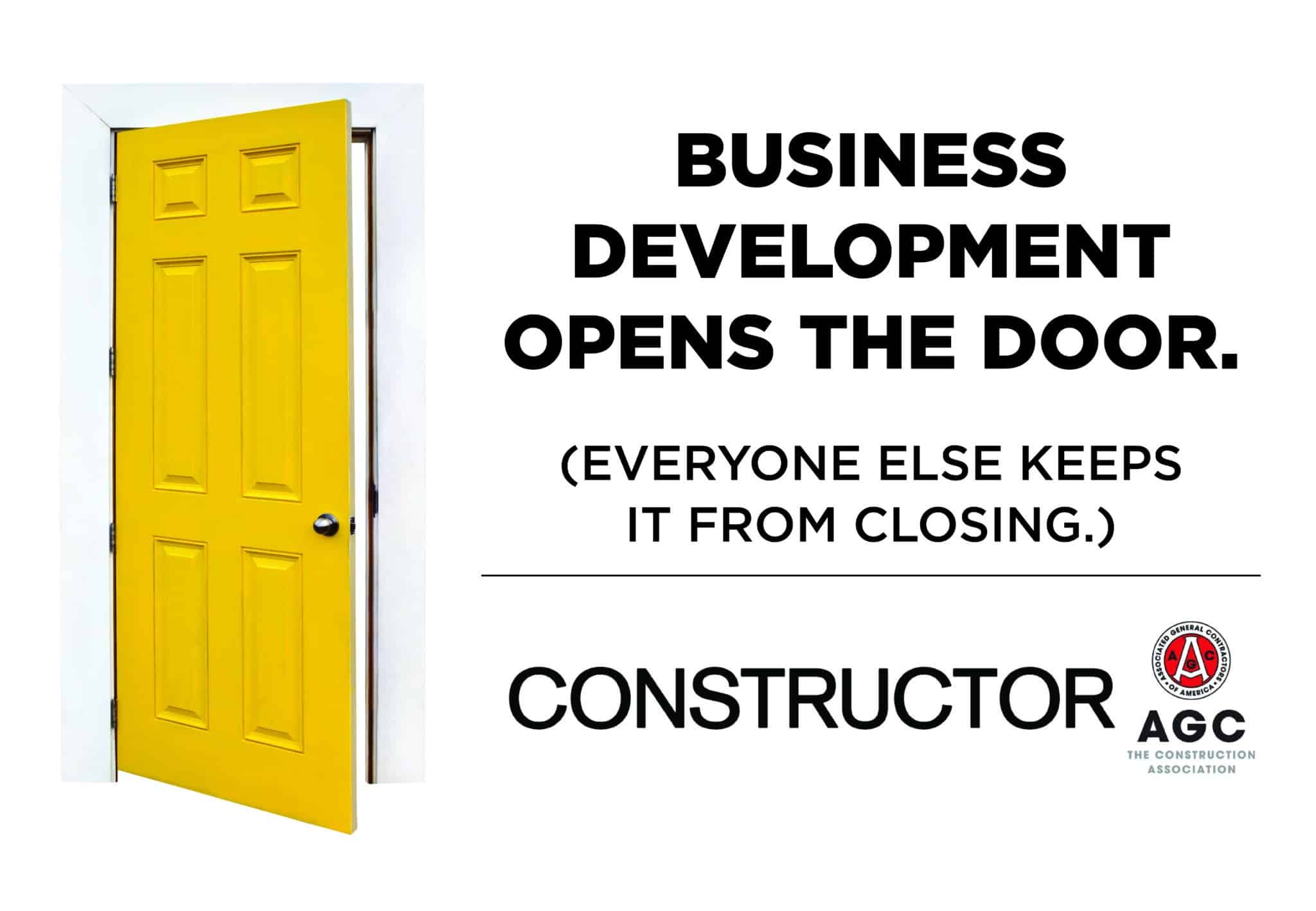Our 47 years in construction has shown us that there are a few common “ailments” in our industry that can (to one degree or another) lead to a project’s failure and ultimately a dissatisfied client. These ailments are applicable to all construction types.
Whether you’ve hired Skiles Group or another contractor to work for you, we hope to simplify your construction experience and help you to find your way towards the completion of a successful project. We believe that in being proactive and thoughtful about the prevention of these foreseeable, typical problems, we can increase the likelihood that you’ll succeed with your project’s goals.
This Clinic is part of a special blog series written with you, the potentially dissatisfied client, in mind.
Clinic #1 – Managing Client Expectations
SYMPTOMS: Patient presents with feelings that they are not being listened to, asked questions, or having their needs anticipated.
Chief complaint is that their contractor is inflexible and unresponsive, slow to return phone calls or emails, and is not following through with commitments. Patient indicates that these are basic courtesies that they have experienced with other projects and have noted their absence.
Patient also reports being surprised by changes in their project’s cost &/or schedule, and feels they are not being kept apprised of important information related to their project’s health.
DIAGNOSIS: CONTRACTOR’S FAILURE TO IDENTIFY AND MANAGE CLIENT’S EXPECTATIONS.
CAUSE: A project’s success is subjective, and unique to each stakeholder. What the contractor’s superintendent or project manager might consider to be aspects of a successful project may not align with your hopes, needs, or expectations.
If the contractor doesn’t have a clear understanding of what you want, they could incorrectly assume that they are succeeding based on their own ideas or definitions of the project’s success or quality, only to be surprised by the discovery that you are actually unhappy.
TREATMENT: Repairing the damage is difficult, but not impossible. It’s important to recognize the contractor’s efforts to correct any misunderstandings and move forward together as a team. When your contractor become aware of the problem, they should take the following steps to begin the healing process:
- Acknowledge the issue
- Be accountable and take ownership
- Apologize
- Escalate the issue to the firm’s leadership if needed
- Document your goals
- Commit to do better and communicate
PREVENTION: Identifying a problem and working to fix it is good, but anticipating a problem and working to avoid it is better. Ideally, everyone involved wants to avoid damaging the client/contractor relationship, detrimental cost and schedule impacts, aggravation for stakeholders and team members, and any other negative ramifications of predictable project ailments like this one.
Ultimately, less time and money will be spent when focusing on preventions rather than on cures. Taking care to avoid obstacles and mitigate the impacts of a construction project is part of a contractor’s responsibility to provide you with a simplified construction experience. For these reasons and others, prevention should always be a shared priority. Steps that your contractor can take to prevent this ailment include:
- Documenting everyone’s goals early in the process
- Being honest with you about what is and what isn’t feasible
- Making sure they clearly understand your hopes and concerns
- Warning you about related impacts (if any), and doing so early
- Proactively communicating with you throughout the project’s lifecycle
- Defining value then mapping the value stream
- Measuring quality control relative to your expectations
- Providing transparency and consistency with you in reporting their progress
A construction project is a team effort, and you shouldn’t underestimate your responsibilities towards prevention, too. Your contractor is your advisor, but they are also your partner. Work with them by helping them understand how to work with you. Ask questions, share your ideas, and clearly communicate your hopes, needs, and expectations for the smooth delivery of your project early on, so you kick-off your project and start working together with your best foot forward.
This clinic is Part #1 of a special blog series written with you, the potentially dissatisfied client, in mind. Read Part #2 on Inadequate Schedule Management.





